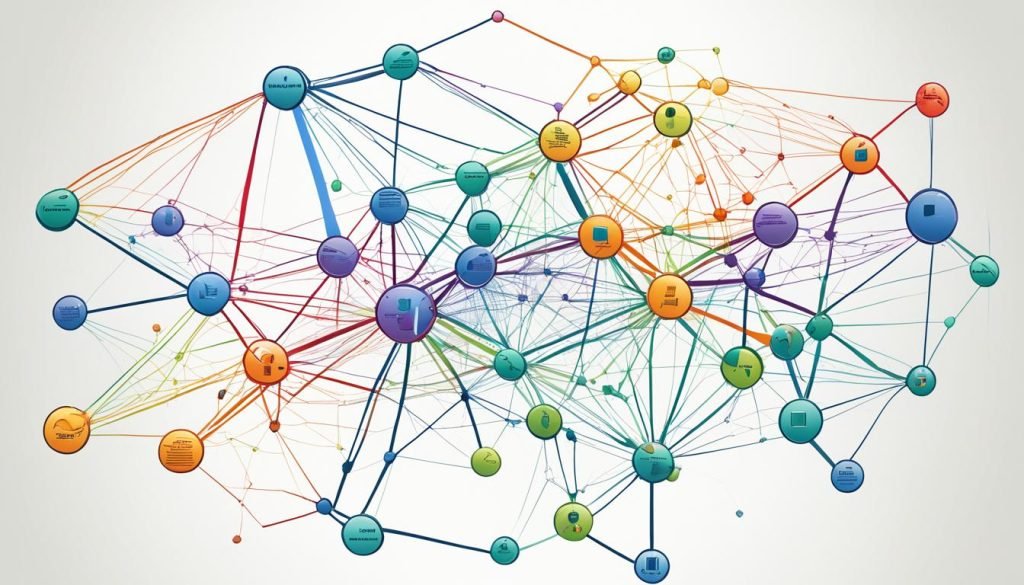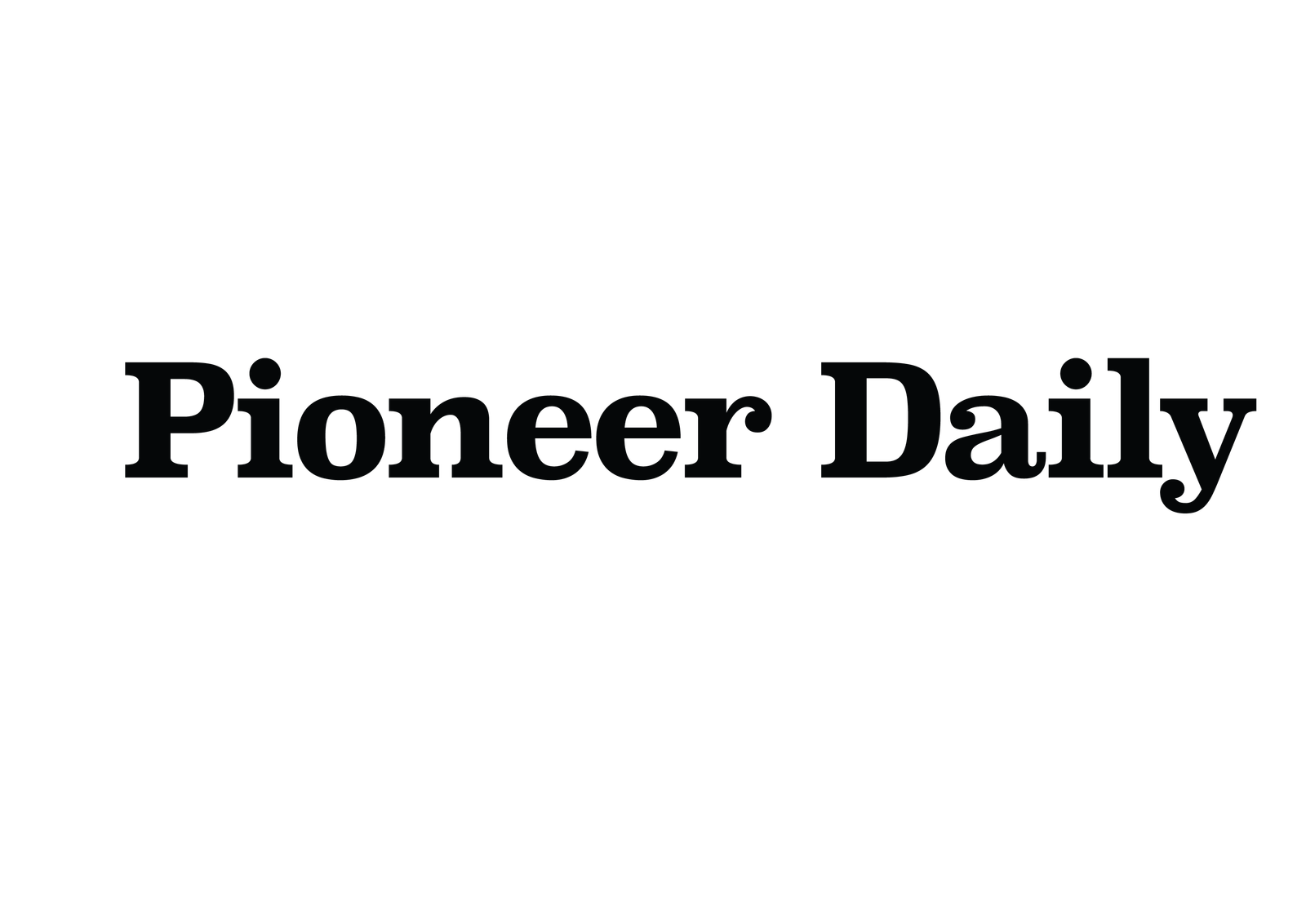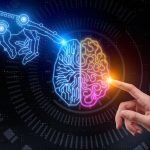In today’s fast-changing education world, learning analytics is a key tool. It helps improve student success and make teaching better. By using real-time data, teachers can find out what works best for each student. This leads to better learning experiences and higher grades.
Learning analytics goes beyond just checking grades. It helps schools make changes to get better all the time. This makes schools better places for students to learn and grow. It also gives students the help they need to do their best.
Let’s see how learning analytics can change education for the better. We’ll look at new ways teachers can connect with students and check how well they’re doing.
Key Takeaways
- Learning analytics boosts student success and shapes teaching methods.
- Real-time data gives quick insights and helps make changes.
- Using data wisely leads to ongoing improvement in schools.
- Custom learning experiences lead to better grades overall.
- Learning analytics is crucial in today’s digital classrooms.
Understanding Learning Analytics in Education
Learning analytics is key in today’s schools. It uses data from many sources to make education better and help students do their best. By looking at this data, teachers can change how they teach, keep students interested, and find where students need more help.
Definition and Importance of Learning Analytics
Learning analytics is about measuring and analyzing data on students and their learning settings. It helps teachers make smart choices to keep students engaged and successful. This tool turns data into useful information that teachers can use to improve teaching and help students more.
How Learning Analytics Transforms Educational Environments
Learning analytics changes how schools work. Teachers get tools to make learning personal for each student. They can change how they teach based on what the data shows, making learning more flexible. This makes schools more engaging places where students take an active part in their learning.
| Aspect | Traditional Approach | Learning Analytics Approach |
|---|---|---|
| Data Usage | Minimal data analysis | Extensive data collection and analysis |
| Student Engagement | Limited insights into engagement | Real-time feedback on engagement levels |
| Instructional Methods | Static teaching strategies | Dynamic teaching adjustments based on data |
| Performance Evaluation | End-of-term assessments | Continuous evaluation and intervention |
Key Benefits of Learning Analytics
Learning analytics bring many benefits to education. They make learning better in two main ways. First, they help students stay engaged. Second, they help teachers analyze student performance better.
These benefits lead to better learning results. They make learning more effective.
Enhancing Student Engagement
Learning analytics show how students interact with course materials. Teachers can then change their teaching methods. By looking at data, teachers can see what works best for each student.
This makes learning more personal and interesting. Students become more involved in their education.
Improving Academic Performance Analysis
Learning analytics also help teachers understand students’ strengths and weaknesses. By looking at data, teachers can see where students need help. This lets them give targeted support.
Using data, schools can make better decisions. This leads to better learning outcomes for all students.

Strategies for Effective Use of Learning Analytics
Using learning analytics well means having strategies that make the most of data to better education. By looking closely at student data and using predictive methods, schools can make big improvements. This helps them create better learning plans.
Assessing Student Progress with Data
Checking on how students are doing with data gives a clear picture of their learning paths. Teachers look at things like finished work, grades, and how active students are. This shows where students are doing great and where they might need help.
By knowing this, schools can give students the right help and resources. This makes learning better for everyone.
Leveraging Predictive Modeling in Education
Predictive modeling helps teachers guess how students will do based on past data. It spots trends and patterns. This way, schools can make smart choices to help students.
They can change their teaching to match what students need. This makes education better for everyone.
Identifying At-Risk Students
It’s important to find students who might need extra help early on. By watching how students engage and perform, teachers can spot those who need more support. This early action lets schools give special help to these students.
Data Sources for Learning Analytics
Knowing where to find learning analytics data is key to improving education. By using both learning management system data and advanced mining techniques, educators get a full picture of how students learn and perform. This helps schools make better plans to improve student success.
Learning Management System Data
Learning management systems (LMS) store a lot of data on how students interact with course materials. This includes:
- Completion rates of courses and assignments
- Time spent on specific tasks and activities
- Assessment results and feedback
This data is crucial for tracking trends and giving insights. It helps teachers see where students need help, making it easier to improve grades.
Educational Data Mining Techniques
Using data mining in education reveals hidden patterns and connections. These methods help analyze student performance, leading to better teaching. Key techniques are:
- Clustering to group similar learners based on performance
- Classification algorithms to predict outcomes
- Regression analysis for measuring relationships between variables
These advanced analytics help schools understand what students need. This knowledge lets them create better plans for student success.

| Data Type | Description | Impact on Learning |
|---|---|---|
| Completion Rates | Percentage of tasks completed by students | Shows how engaged students are and if the curriculum works well |
| Time on Task | Average duration spent on assignments | Impacts how well students understand and remember information |
| Assessment Results | Scores from quizzes and exams | Shows how well students know the material and their skills |
| Interactivity Metrics | Levels of student interaction with course materials | Related to how well students do in school |
Personalized Learning Pathways through Analytics
Modern education now focuses a lot on personalized learning paths. By using analytics, teachers can make learning fit each student’s needs. They look at how students learn, how engaged they are, and what they prefer.
Customizing Learning Experiences for Students
It’s key to make learning fit each student for them to do well. Teachers use data to pick the best materials and methods for each student. This way, they get to know what works best for each student’s strengths and weaknesses.
This leads to more interesting content and helps students remember what they learn better.
Data-Driven Academic Interventions
Helping students who are falling behind is crucial. Teachers use data to find out where students need extra help. This makes sure support comes at the right time and is just what they need.
This approach not only helps students learn better but also makes them more responsible for their learning. They feel more in charge of their education.
Challenges and Considerations in Implementing Learning Analytics
Learning analytics bring both benefits and challenges, especially in handling sensitive info and data integrity. Schools must be ready to face these challenges to get the most from analytics.
Addressing Privacy and Security Concerns
Privacy and security are big hurdles in learning analytics. Schools must handle student data responsibly and ethically. They need to create strong data rules and policies that follow the law. This way, they keep students’ info safe and make a secure learning space.
Ensuring Data Quality and Accuracy
Getting learning analytics to work well also means making sure the data is good and right. Data from different places must be trusted and correct. This makes sure the insights from analytics are useful and help make good decisions. By improving data quality, schools can get real insights into how students are doing and make better choices.
| Challenge | Details | Best Practices |
|---|---|---|
| Privacy and Security | Protecting sensitive student information | Implementing stringent data governance and compliance policies |
| Data Quality | Ensuring reliability and accuracy in data sources | Regularly validating data inputs and sources |
| Accuracy in Analytics | Transforming data into actionable insights | Using advanced analytic techniques to refine outcomes |
Conclusion
Learning analytics is changing how we improve education by using data for better insights. Schools and universities are now using these methods to help students learn better. They can now focus on each student’s needs and help those who are struggling.
This approach helps students do better in school and makes learning more personal. It’s a big step forward in education.
By using learning analytics, teachers can see where students need help and tailor learning to each student. But, there are challenges like privacy and data quality. Overcoming these is key to making the most of learning analytics in schools.
The goal of learning analytics is more than just collecting data. It’s about changing lives and making education better for everyone. By making smart choices, we can use this tool to boost student success and create a great place to learn.


